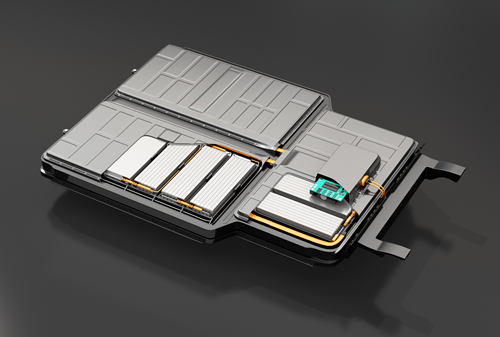قبل عملية القطع/التشذيب/التجميع/اللف، يتم استخدام الكاميرا ذات المصفوفة الخطية لاكتشاف العيوب على الجهة الأمامية والخلفية للقطب الموجب والسالب لضمان نسبة الإنتاج. وتشابه جميع متطلبات ومعايير كشف عيوب الأقطاب.
شارك
1). خلفية المشروع:
وصف الطلب:
اكتشاف وتصنيف عيوب سطح القطب
الدقة المطلوبة الحد الأدنى هي 0.2 مم²
المتطلبات الفنية:
عناصر الكشف عن العيوب الإيجابية والسالبة والمواصفات كالتالي:
تسرب الكاثود < 1مم×1مم
نقطة سوداء أو نقطة بيضاء < 3مم
علامة داكنة < 10مم×1مم
فقاعة < 1مم×1مم
طول الخط الأبيض < 40مم
اختبار اللون الأصفر 15مم×15مم
لكشف الشريط فورًا
عرض الحفرة/الانحناء < 4مم
كشف التفريغ يتم اكتشافه
عرض هبوط الحافة ≤0.2مم
تشوه القطب يعتمد على الوضعية
يتم الكشف عن المادة اللاصقة بمجرد وجودها
طول الشريط الأسود/الخط الأسود < 40مم
الأوساخ تعتمد على الوضعية
2). هيكل الحل:
وصف المخطط:
تقوم الشريحة/الدرفيل بتحريك فيلم القطب، وتتوقف وتعمل بالتناوب، باستخدام إطار بالإضافة إلى وضعية تفعيل الخط لتحكم برسم كاميرا المسح الضوئي للخط. يتم اختيار كاميرتين من نوع كاميرات المسح الضوئي للخط بدقة 8K (مع دقة مختلفة بناءً على عرض القطب المختلف) لالتقاط صورة للجانب الأمامي والخلفي من فيلم القطب في كل مرة. يمكن أن تكون الدقة النظرية للبيكسل الواحد ضمن 0.05مم/بيكسل. يمكن تطبيق هذا المخطط في جزء الكشف عن العيوب في عمليات القطع بالقالب، الطلاء، اللamination وغيرها من العمليات. يختلف أسلوب التركيب قليلاً بناءً على تصميم الآلية المختلفة.
رسم البناء:

3). مزايا البرنامج:
1.يدعم مزيج الخوارزميات التقليدية والتعلم العميق، ويستخدم الحل الأمثل لعيوب مختلفة؛
2.دعم وظيفة تصنيف جميع العيوب المكتشفة، ويمكن فتح شروط الفحص بناءً على متطلبات العملاء؛
3.كفاءة معالجة الخوارزمية عالية، وسرعة معالجة الصور الكبيرة مستقرة عند مستوى منخفض لتلبية ظروف السرعة العالية في صناعة بطاريات الليثيوم؛
4.وظائف مخصصة، تشمل但不限于: نقل البيانات حسب خلية الاتصال، ومصدر الضوء التكيفي، وكشف نقاط العيوب، واستحواذ تلقائي على قيم العملية، والسلطات الثلاثية المستويات، والحفظ والتخلص التلقائي، وإعادة التعيين وإعادة القص وغيرها من الوظائف العملية. وهي تسهل على الأفراد المختصين بالضبط بدء العمل وتساعد في توفير مواد العملاء.
